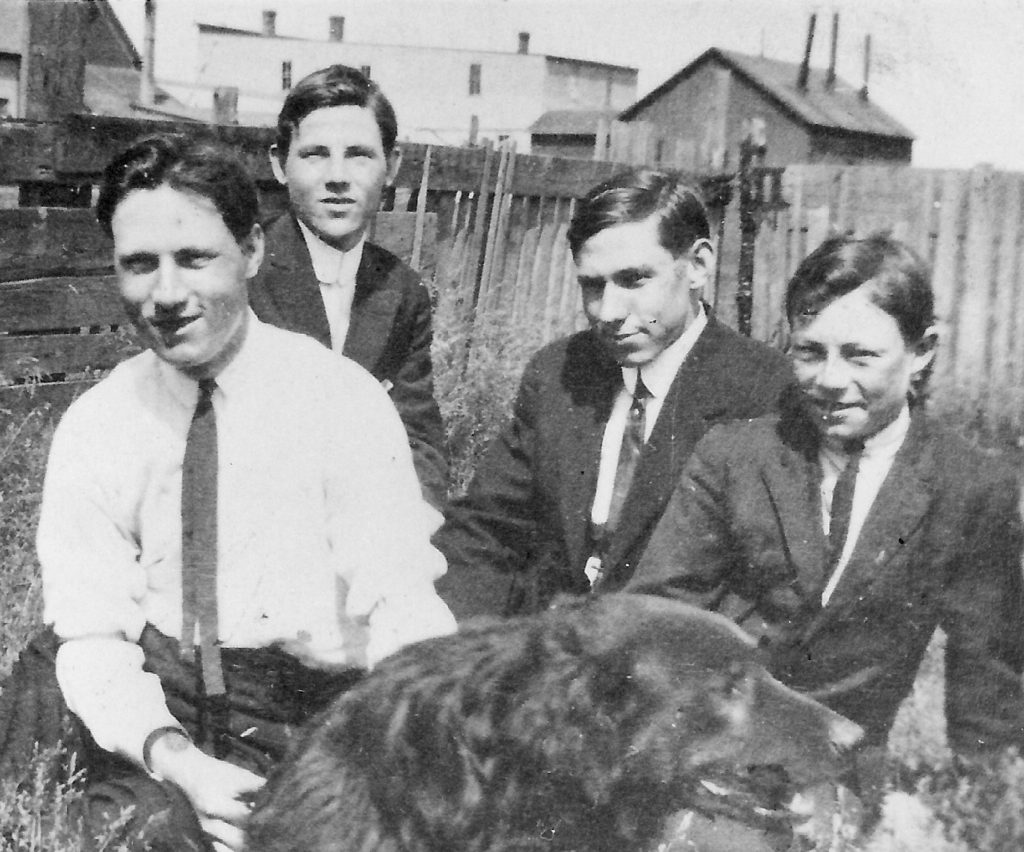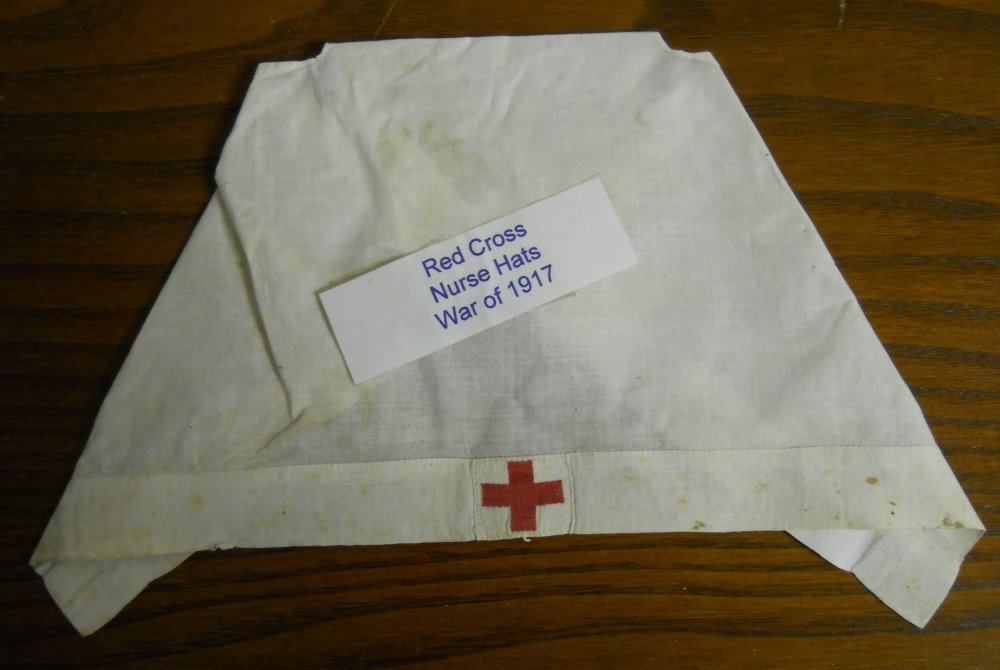
Left to Right: Eugene Swingle (brother), Vern Swingle, Walter Burkowitz (uncle) and George Swingle, (brother), Circa 1910. Photo Courtesy Don Linderoth
Vern Erwin Swingle was born in Manistique on May 10, 1896 to Charles and Lena Swingle of 128 South Houghton Avenue. He grew up in Manistique and graduated from Manistique High School. After graduation, he worked in this city until obtaining employment in an automobile factory in Pontiac, Michigan.
Swingle enlisted in the United States Marine Corp in Detroit the day after America’s entry into the war in April of 1917. He was the first Manistique soldier to go overseas and the first to lay down his life for his country. Swingle was killed in action in France on June 11, 1918. He served in the 6th USMC Regiment, 2nd Division. A few weeks before his death, Swingle wrote to a friend in Manistique about the horrors of war. “A fellow doesn’t know what war means until he gets up at the front line and sees a village ripped to pieces by big gun fire—all in the space of a few minutes.”

